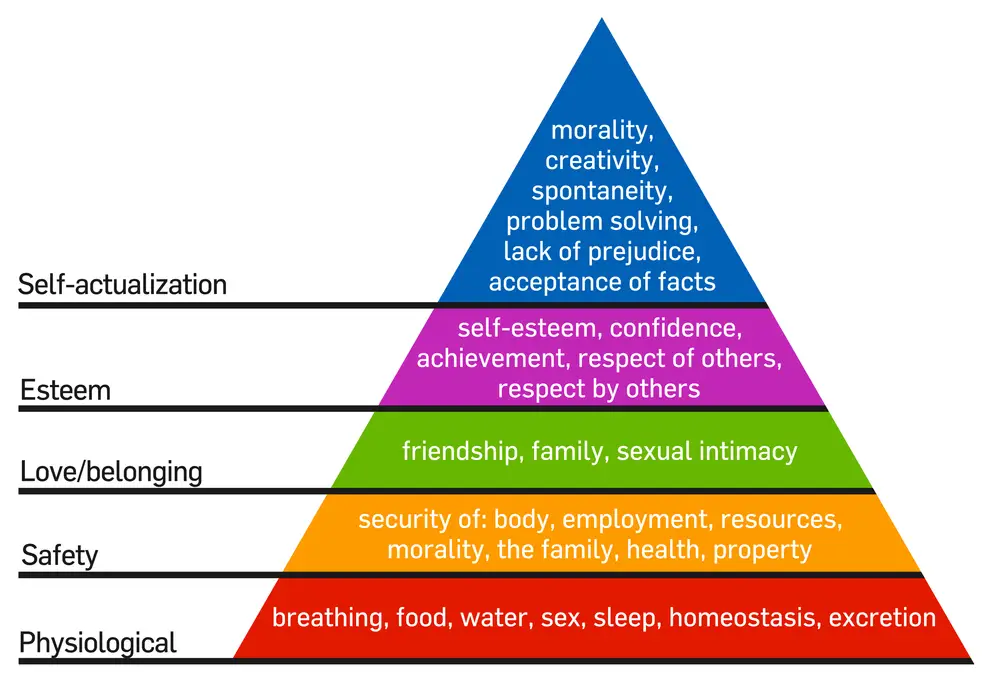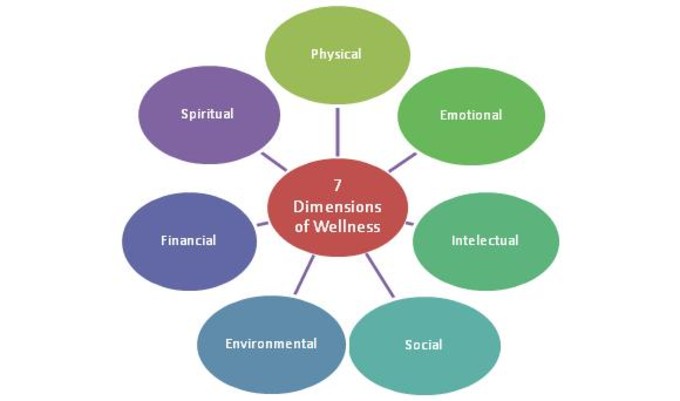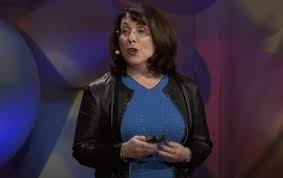The Five Levels of Maslow’s Hierarchy of Needs

Some people will do everything for fame and will do whatever it takes to have it. Some people will do whatever it takes to be loved back by the person they love. Some people will do whatever it takes even to commit crimes, just to feed their families.
Some people will leave the life they have known just to stay safe again. Some people are just fine the way they are and simply keep on living on, inspired by the journey as much as their destination. These people represent each of the five levels of Maslow’s hierarchy of needs which was developed by Abraham Maslow back in 1943.
What is Maslow’s hierarchy of needs?
This hierarchy of needs, usually presented in a pyramid, shows the ranking of needs that people need to satisfy while living. It is built under the premise of the highest level in the hierarchy which is “what a one can be, one must be.”
The five levels of Abraham Maslow’s hierarchy (2) of needs are listed below from lowest to the highest:
Physiological Needs
The physiological needs includes the basic needs (1) that man needs for the survival of his body which food, clothing, air, shelter, and the homeostatic processes such as excretion. The people who are willing to do whatever it takes to feed their families are good representatives of those who are in this level; they would risk their dreams of becoming a doctor, risk the safety of their survival, their freedom (such as in committing criminal acts), just so they could have food for dinner. Once the physiological needs are satisfied, a person could move on to the next level which is the need for safety.
Safety Needs
Once the need for the body’s maintenance has been secured, the need to feel safe takes precedence. Safety needs take various forms such as personal safety which is the need to feel free from physical harm such as war and domestic violence. Financial security, which no longer needs to be explained because you can access internet, is another example.
Love/Belonging
Once a person feels safe, he or she will need to feel loved and accepted by others. This takes form in two ways, sexual and non-sexual. This can be shown by people who perform at below optimal levels when they feel ostracized from friends or by people who were lovelorn. When a person has already received love and belonging, they feel much better and more motivated which is now the next level.
Self-Esteem
This is now the point where people seek self-respect and self esteem rather than just love and belonging. It can be done by seeking fame and glory, which Maslow describes as the lower version. The higher version is the one which is more internally-oriented which is the need for strength, self-mastery, and self-respect.
We all know how important it feels to be respected and recognized for any achievements we may have met? One of the loftiest reasons for joining a sports team or painting club is to accomplish the task to the best of our ability. In doing so, we have a need to be recognized and given a status for our role in the team.
Low Esteem
Maslow’s theory points out that there are two levels of esteem. Low esteem is where we yearn for respect from other people. It is a demand for attention, a desire to have fame, recognition and a penchant for prestige. It is often a trait often seen in young people wanting to sing at Karaoke bars, appear on talent shows and in talented sports people who believe they excel in their abilities and skills of their teammates.
We need self-respect. Self-respect is where we strive to appear confident, independent, and free with a skill that determines they are a master of their own destiny. But the two levels of esteem are not independent, rather entwined and closely-related.
Self-Actualization
These four are the “deprivation needs” that needed to be satisfied in the five levels of Maslow’s hierarchy of needs. They are called as such because it is satisfied by the absence of its lacking and once a person no longer lacks these four, a person is now ready to satisfy the highest level, “growth need,” which is self-actualization, or the need to become what one is capable of being, whatever it may be.
This is the lofty part of the pyramid that Maslow determined as the top level of his human motivation theory. The hierarchy of needs where you can strive to be what we can be. Fulfilling one’s potential: it might something like painting a picture that is sold at a gallery for a handsome price, learning a new language, playing the violin to a competent level or passing a degree in biochemistry.
Carl Rogers – Biography and Self-actualization
Maslow declared that to fulfill self-actualization we must first conquer the steps in the lower levels of the pyramid. So, we have our physiological needs all ticking over and we feel safe, secure and master our social standing. We must also master our levels of esteem (both of them) and this leaves us to utilize and develop our abilities, follow our dreams (that we must first create) and aspire to grow and become successful.
Transcendence
Maslow made minor change in his model, he argued that there is a higher level of development, what he called self-transcendence.
Offering ourselves to something well beyond our own self. Becoming altruistic or spiritual. This level goes beyond the top of Maslow’s pyramid. It is probably one of the most-sought after questions the human race has ever asked. Why are we here? Is infinity such a thing? What becomes of our spirit after we die?
References
1. (1943). A Theory of Human Motivation. Psychological Review,
2. (1962). Toward a Psychology of being. Princeton: D. Van Nostrand Company






